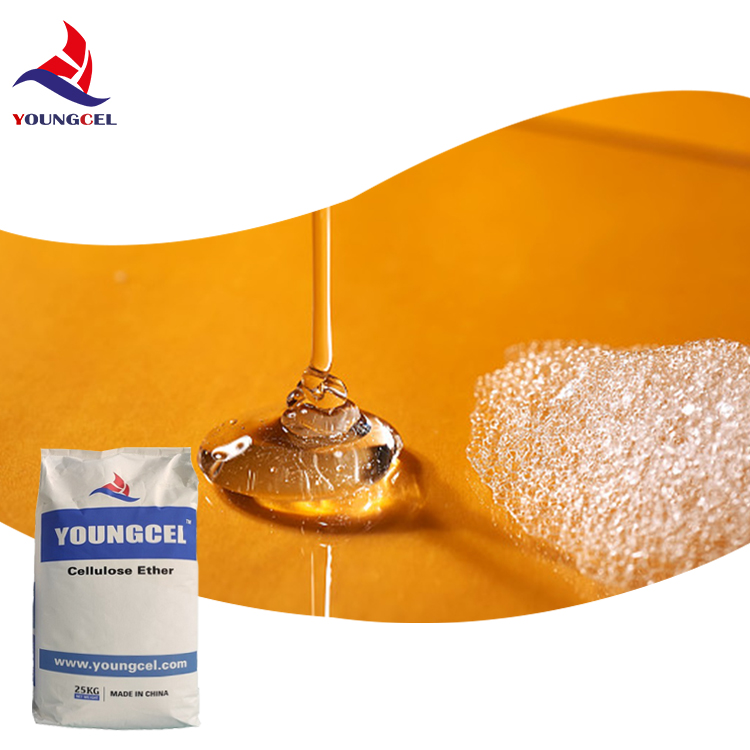The Role of Additives in Enhancing Concrete Performance
Concrete is one of the most widely used building materials worldwide, valued for its strength, durability, and versatility. However, standard concrete can sometimes fall short of specific performance requirements. This is where additives come into play. Additives are materials added to the concrete mixture to improve certain properties before, during, or after the mixing process. This article explores the various types of concrete additives and their benefits in enhancing the performance of concrete.
Types of Additives
1. Chemical Additives Chemical additives are substances that affect the chemical properties of concrete. They can enhance workability, accelerate or retard setting time, and improve the overall durability of the final product. Key types of chemical additives include
- Plasticizers Also known as water-reducers, these additives improve the flowability of concrete, enabling the use of less water while maintaining workability. This is especially important in achieving higher strength concrete. - Superplasticizers These are advanced versions of plasticizers that provide even greater workability. Superplasticizers allow for significant water reduction, critical for high-strength and high-performance concrete mixtures.
- Accelerators Additives like calcium chloride can speed up the hydration process, allowing for faster setting times. This is particularly useful in cold weather or when rapid construction is needed.
- Retarders In contrast, retarders slow down the setting time, which is beneficial in hotter climates where rapid drying can be problematic. They help maintain workability during transportation and placement.
2. Mineral Additives These are often by-products from other industrial processes but have proven beneficial in concrete production. Common mineral additives include
- Fly Ash A by-product of coal combustion, fly ash enhances concrete's strength and durability while reducing permeability. It also improves resistance to chemical attacks and diminishes the heat of hydration.
- Slag Cement Ground granulated blast-furnace slag (GGBFS) is another mineral additive that improves the durability and strength of concrete. It reduces the formation of calcium hydroxide, which is a weak component in concrete.
- Silica Fume Generated during the production of silicon metal or ferrosilicon alloys, silica fume significantly enhances the strength and durability of concrete. Its ultra-fine particles fill voids in the concrete matrix, resulting in a denser material.
additive for concrete

3. Fiber Additives Incorporating fibers into concrete can significantly enhance its mechanical properties. Fibers are used to prevent cracking, improve ductility, and resist impact and fatigue
- Steel Fibers These increase tensile strength and improve post-cracking behavior, making them a popular choice in industrial floors and pavements. - Synthetic Fibers Often used for their resistance to corrosion, synthetic fibers can prevent plastic shrinkage cracking and improve the concrete's impact resistance.
Benefits of Using Additives
The use of concrete additives offers several advantages
1. Improved Workability Additives like plasticizers and superplasticizers help achieve better flow and handling properties, simplifying placement and finishing.
2. Enhanced Durability By reducing permeability and improving resistance to aggressors, such as chloride and sulfate ions, additives contribute to the longevity of concrete structures.
3. Cost-Effectiveness The properties induced by additives can lead to less material usage (e.g., reduced cement content), lower maintenance costs, and improved performance over time.
4. Sustainability Many mineral additives, such as fly ash and slag, are industrial by-products, making them a more sustainable option compared to conventional materials.
5. Customizable Performance By selecting different additives, engineers can tailor concrete mixtures to meet specific project requirements, from low-emission solutions to ultra-high-strength applications.
Conclusion
Incorporating additives into concrete is essential for maximizing its potential and tailoring its properties to meet modern construction demands. With advancements in additive technology, the concrete industry can address a wide range of challenges, including environmental sustainability, performance optimization, and economic efficiency. As the demand for high-performance concrete continues to grow, the role of additives will become even more critical, ensuring that concrete remains a cornerstone of contemporary construction.
-
Rdp Powder: Key Considerations for Wholesalers in the Building Materials IndustryNewsJul.08,2025
-
Key Considerations for Wholesalers: Navigating the World of Hpmc - Based ProductsNewsJul.08,2025
-
Hpmc Detergent: Key Considerations for WholesalersNewsJul.08,2025
-
Key Considerations for Wholesalers: China Hpmc For Tile Adhesive, Coating Additives, Concrete Additives, and MoreNewsJul.08,2025
-
Crucial Considerations for Wholesalers: Navigating the World of Construction MaterialsNewsJul.08,2025
-
Key Considerations for Wholesalers Sourcing Additive For Cement, Additive For Concrete, Additive For Putty from Additive Manufacturer Shijiazhuang Gaocheng District Yongfeng Cellulose Co., Ltd.NewsJul.08,2025




